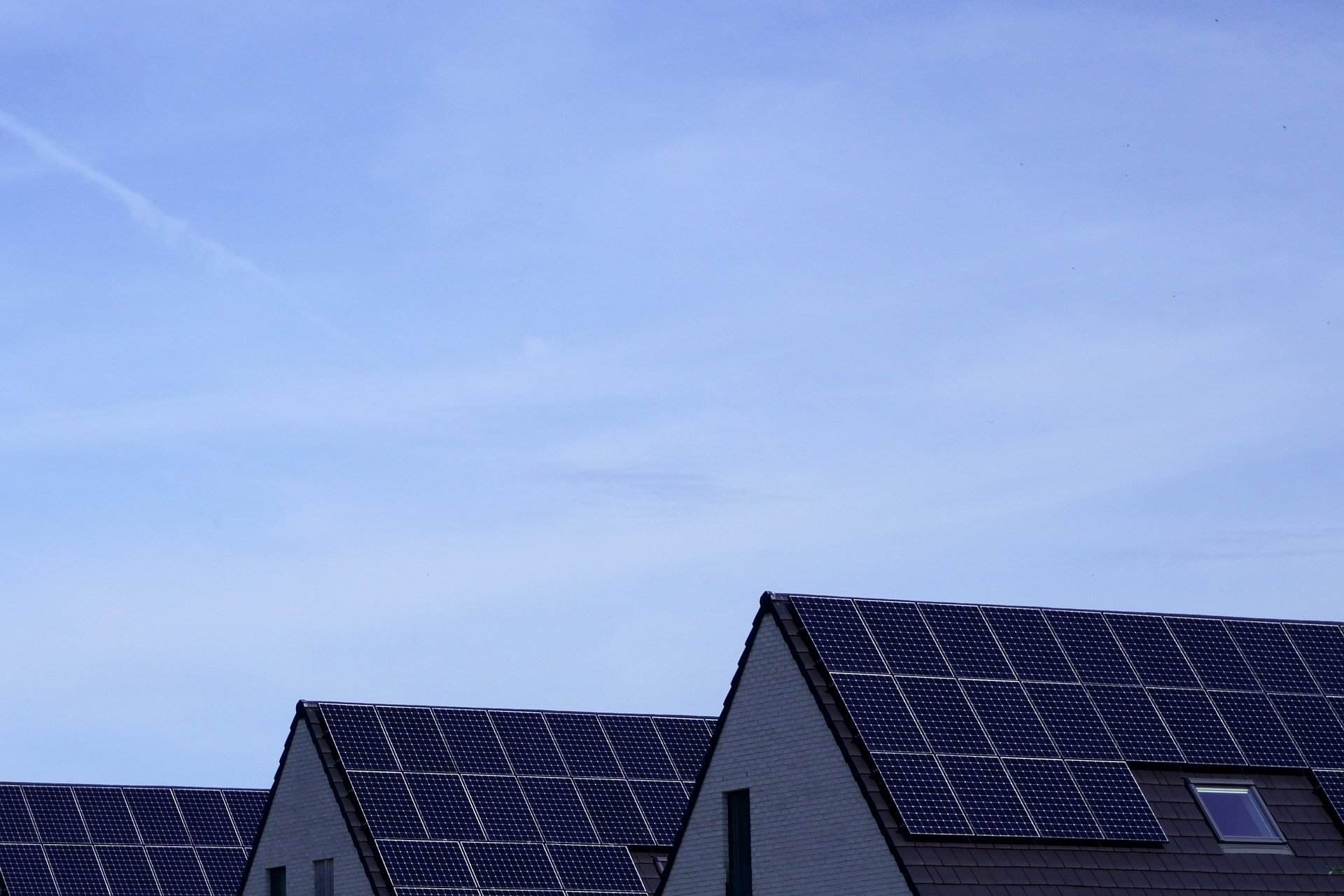Discover the Benefits and Process of Installing Solar Panels
Solar energy is transforming the way the world generates power, providing sustainable and eco-friendly alternatives to traditional energy sources. For homeowners, installing solar panels offers a chance to save on energy bills and reduce environmental impact. Understanding the installation process and how to maximize these benefits is key to making an informed decision.

The shift toward renewable energy has made solar panels an increasingly attractive option for homeowners across the United States. Modern solar technology offers reliable performance, substantial cost savings, and environmental benefits that extend far beyond individual households. As solar panel efficiency continues to improve and installation costs decrease, more families are discovering the practical advantages of generating their own clean electricity.
Understanding the Benefits of Solar Energy
Solar energy provides multiple advantages that make it an appealing investment for homeowners. The most immediate benefit is the significant reduction in monthly electricity bills, with many households achieving 70-90% savings on their energy costs. Solar panels also increase property values, with studies showing homes equipped with solar systems sell for approximately 4% more than comparable properties without solar installations.
Environmental benefits include substantial reductions in carbon footprint and decreased reliance on fossil fuels. A typical residential solar system prevents approximately 3-4 tons of carbon emissions annually, equivalent to planting over 100 trees each year. Solar panels also provide energy independence, protecting homeowners from rising utility rates and power outages when paired with battery storage systems.
Cost Considerations and Financial Incentives
The financial aspects of solar installation involve several key factors that affect overall investment returns. Initial installation costs typically range from $15,000 to $25,000 for average-sized residential systems before incentives. However, federal tax credits, state rebates, and local incentives can reduce these costs by 30-50%.
The federal solar Investment Tax Credit (ITC) allows homeowners to deduct 30% of installation costs from their federal taxes through 2032. Many states offer additional rebates, performance-based incentives, or net metering programs that credit excess energy production back to homeowners. Financing options include solar loans, leases, and power purchase agreements that can eliminate upfront costs while providing immediate savings.
Choosing the Right Solar Panel System
Selecting an appropriate solar system requires careful consideration of energy needs, roof characteristics, and budget constraints. Monocrystalline panels offer the highest efficiency rates (20-22%) and work well in limited roof space, while polycrystalline panels provide good performance at lower costs. Thin-film panels suit specific applications but require more installation space.
System sizing depends on household energy consumption, available roof space, and local sun exposure. A professional energy audit helps determine optimal system capacity, typically ranging from 4kW to 10kW for residential installations. Inverter selection between string inverters, power optimizers, and microinverters affects system performance and monitoring capabilities.
Installation Process: What to Expect
The solar installation process typically spans 1-3 months from initial consultation to system activation. The process begins with a site assessment where installers evaluate roof condition, shading, electrical systems, and optimal panel placement. Following system design and permitting, which can take 2-6 weeks, the actual installation usually completes within 1-3 days.
Installation involves mounting rails to the roof structure, securing panels to the mounting system, and connecting electrical components including inverters and monitoring systems. After installation, local authorities conduct inspections to ensure code compliance before utility interconnection approval. Once approved, the system begins generating electricity and homeowners can monitor production through smartphone apps or web portals.
Addressing Common Concerns About Solar Power
Many homeowners express concerns about solar panel durability, maintenance requirements, and performance in various weather conditions. Modern solar panels are designed to withstand harsh weather including hail, high winds, and temperature extremes, with most manufacturers offering 20-25 year warranties. Maintenance requirements are minimal, typically involving periodic cleaning and annual professional inspections.
Solar panels continue generating electricity during cloudy weather, though at reduced capacity. Snow coverage temporarily reduces production but panels typically self-clear as temperatures rise. Battery storage systems address concerns about nighttime power needs and grid outages, though they represent additional investment costs that may not be necessary for all installations.
| Provider | System Size | Cost Estimation | Key Features |
|---|---|---|---|
| Tesla Solar | 8.2kW | $16,400-$20,500 | Integrated design, mobile app monitoring |
| Sunrun | 6-10kW | $18,000-$28,000 | Lease options, battery storage available |
| SunPower | 5-12kW | $20,000-$35,000 | High-efficiency panels, comprehensive warranty |
| Vivint Solar | 6-8kW | $17,000-$25,000 | Custom designs, smart home integration |
Prices, rates, or cost estimates mentioned in this article are based on the latest available information but may change over time. Independent research is advised before making financial decisions.
Solar panel installation represents a significant investment that offers substantial long-term benefits through reduced energy costs, increased property values, and environmental impact reduction. With proper system selection, professional installation, and available financial incentives, solar energy provides a practical path toward energy independence and sustainable living. As technology continues advancing and costs decrease, solar power becomes an increasingly attractive option for homeowners seeking reliable, clean energy solutions.




